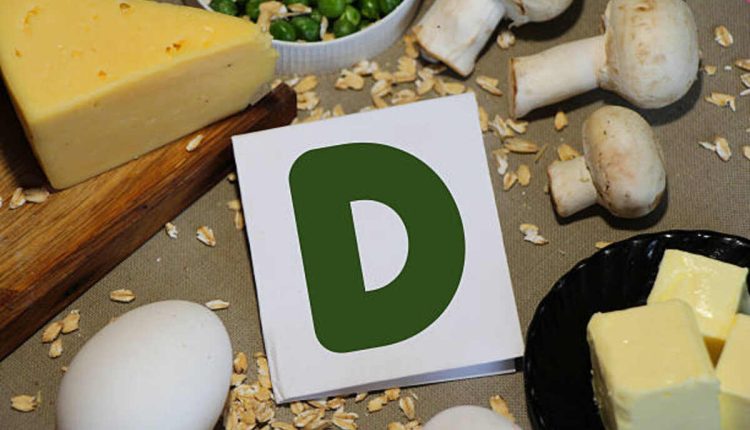Premier Food Safety reserves the right to revoke any certificate if any irregularity affecting examination results has occurred, such as sharing login credentials or misusing this training program for purposes other than intended.
Skim milk with reduced amounts of fat may spoil more quickly due to microbial growth not being stopped as easily by fat content.
What is a food safety plan?
Food Safety Plans (FSPs) are written documents outlining how your food business manages potential hazards and risks throughout its production process, adhering to HACCP risk evaluation principles.
An effective food safety plan begins with an intensive hazard analysis identifying any biological, chemical, physical, or radiological hazards related to your food production process. This provides insight into potential sources of contamination for your product and ways to mitigate risks and ensure safety in future production runs.
Establish preventive controls to ensure identified hazards are minimized or avoided altogether, which may involve record review, food testing, worker training, and worker development programs. You’ll also require written procedures for monitoring preventive controls, taking corrective actions as necessary, and verification procedures – which involve gathering scientific and technical data to validate them.
Finally, you must develop a food safety program tailored to your products and processes. For instance, dairy manufacturers with multiple production lines (yogurt and ice cream production, for example) will require separate food safety plans as each uses unique processing methods such as pasteurization.
All class 1 and most class 2 food businesses must implement a food safety plan, which is also required by the FSMA Preventive Controls for Animal Food Rule and will ensure they meet government standards and consumer expectations.
What is a food safety policy?
Food safety policies establish a business’s commitment to safeguarding customers’ health and producing high-quality products. By having such policies in place, companies can protect themselves against legal liabilities caused by food that contains contaminants or is unsafe while also creating customer trust and strengthening customer loyalty.
An effective food safety program includes directives for each operation step: receiving, preparation, cooking, and storing. At the receiving stage, your team should inspect raw materials with metal detectors or more advanced technologies before processing. During the preparation and cooking stages, food handling practices to prevent contamination by bacteria, viruses, fungi, or parasites should also be implemented to keep temperatures under control while keeping sanitary conditions intact throughout. Storage guidelines must also be strictly observed to maintain appropriate temperature control conditions.
Not only can a food safety policy prevent contamination, but it can also help reduce waste by ensuring all food is consumed before its expiration. This is essential for large food corporations with multiple brands sold to consumers. Therefore, an objective system for setting goals that can be monitored and measured should be included within your policy – in an ideal world, these should follow the SMART model – with specific goals being S – Specific; M – Measurable; A – Achievable, R – Realistic and T – Timely goals to maximize effectiveness over the long haul. Focusing on these critical areas will ensure more effectiveness and efficiency over time!
What is a food safety audit?
Food safety audits are comprehensive analyses that assess your business against standards set by local councils or Departments for Health and Ageing in your country, either independently or via third parties. They may be conducted internally by your team or third parties, and the key to successful food safety audits is having an up-to-date Hazard Analysis and Critical Control Points plan that you can refer back to as needed.
HACCP plans are comprehensive management systems designed to identify any risks in food production and the most likely places they might arise, then take steps to mitigate them and provide a framework for overseeing them throughout their production cycle.
Training is another essential element of food safety audits. Regular internal audits allow your employees to learn the appropriate food safety practices that must be observed, making it much simpler for them to adhere to them without supervision in the future.
Compliance audits, another type of food safety audit, evaluate whether you meet the standards set by regulatory bodies and other parties, such as food safety laws, Good Manufacturing Practices (GMPs), Hazard Analysis and Critical Control Point programs, or industry-specific programs. These audits are often undertaken to obtain certification or satisfy customer demands.
What is a food safety inspection?
Government agencies or private organizations undertake a food safety inspection to ensure that food produced in an establishment adheres to applicable rules and regulations and that proper sanitation practices are utilized by establishment staff.
Inspections may either be targeted or general. Targeted reviews focus on specific concerns such as an outbreak, risk factors that could lead to contamination, geographic impacts, and food consumption patterns, as well as compliance history, while general inspections may take place if there has been a complaint of noncompliance or observations made beforehand.
Food safety inspections allow inspectors to assess how well your employees adhere to proper personal hygiene and time and temperature control regulations outlined by law. Inspectors will be able to spot issues such as unsanitary meat grinders, dirty plates and bowls, improper soup or salad preparation techniques, incorrect storage of ice cream, etc.
If your establishment is compliant, an inspector should give a clean bill of health. However, if any issues need correction, they must be addressed first, and then another follow-up inspection. To avoid being caught by surprise during these inspections, it’s an excellent idea to attend seminars and training sessions hosted by food agencies and participate in regular orientations with employees to familiarize them with what can be expected during food safety inspections.


